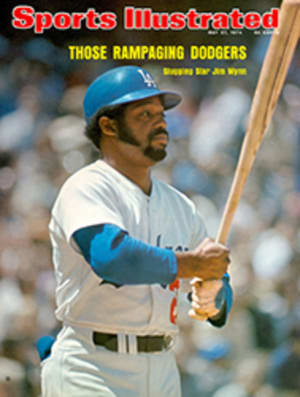
WORKING OUT THE UPHILL WIGGLE
The hills get them every time. Up there between San Jose and Santa Clara are the cow trails and bushy hideaways where bandido Joaquin Murieta once eluded gringo posses—and up there is where trouble strikes. Somewhere in the dusty turns Louise Anderson proves to be the perfect riding mechanic. Twice the 1914 T blows a bearing babbitt, twice she hands over her fancy leather boots so husband Doug can cut out a replacement from them. Not far away-wheeling a much newer 1923 Speedster—Bill McGuire solves the problem of a noisy bearing. He jumps out, pulls the spark plug from the offending cylinder, jumps back in and continues on the remaining three. All around freeze plugs are blowing routinely and just as routinely being replaced with everything from champagne corks to whittled-down five-cent pieces. And the hills are alive with the smell of hot transmissions.
This madness starts down below in San Jose, punctuated by Hoover collars, crinoline dresses, striped blazers and straw boaters. The Santa Clara Valley Model T Club calls it the annual Endurance Run and Lowland Tour—the lowland part is for those venerable machines that can't make it over the mountain and are allowed to go around it. Last year 53 Speedsters started the 200-mile run, thrashing away in a three-abreast Indy-style start, each driver suitably dressed and setting out to prove that, progress and power steering aside, the Model T is the mechanical marvel of the 20th century. It is more outing than race. To provide the proper test, a diabolical gent named Ed Archer maps out the course on the ruttiest and rockiest roads he can find—"Rougher the run, better they like it," he insists, twirling his handlebar mustaches. His route is run in advance by a mystery Speedster; entrants race against that secret time, breakdowns and all. But for all but a few of the most dedicated competitors time doesn't really matter: at midpoint in the event comes the best pit stop in all racing—one hour to repair man and machine.
Off again in a fierce clatter, they head back into the hills above Livermore, coming finally to one so steep that most drivers resort to Grandpa's trick of backing up the grade in reverse gear. For one thing, reverse is stronger and less apt to suffer from clutch slippage since it isn't used as often; for another, backing up is about the only way to get fuel from the gravity-flow gas tank to the carburetors. The main hazard is that a backing Speedster wiggles and shimmies in an almost disgraceful fashion. For the survivors—15 T's expired last year, 38 chugged on home—the rest of the run down to the checkered flag is a breeze.
Henry Ford, the original, would have loved it. Between October 1908 and June 1927, he built 14,969,050 Model T's (an estimated 200,000 are still around), not realizing that he was starting an enduring national love affair with an automobile. The Speedster was America's first hot rod, a T converted to a two-seater, with body to suit individual fancy, often bob-tailed, sometimes boat-tailed, usually lowered and outfitted with those ever-loving overhead valves. The neatest thing about it is that there is no such creature as a stock Speedster.
Across the Santa Clara finish line, it turned out that George and Shirley Azevedo had coaxed their 1926 Speedster to victory, finishing just 26 seconds off the mark of 7:56.13 hours. But there were no real losers. Everybody got a handsome certificate to assure the modern world that just finishing signifies "valour, competence and true heroism to this man and his motorcar."

